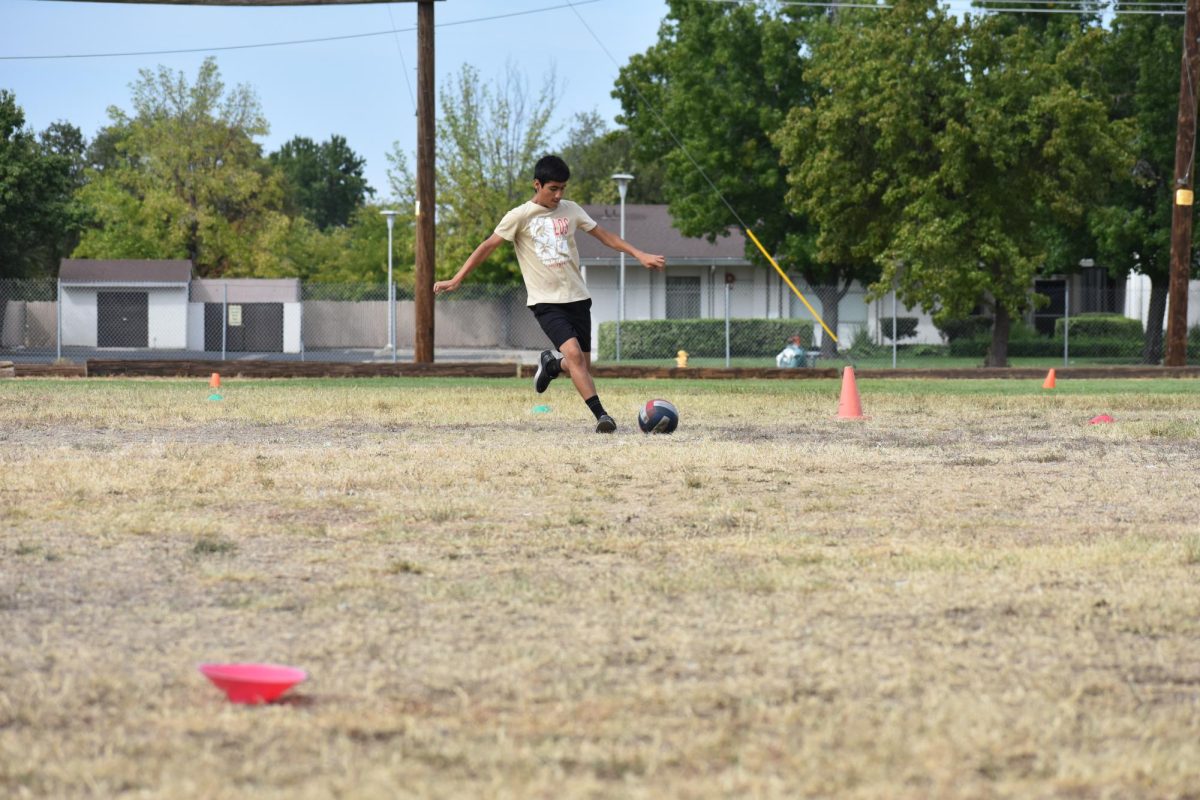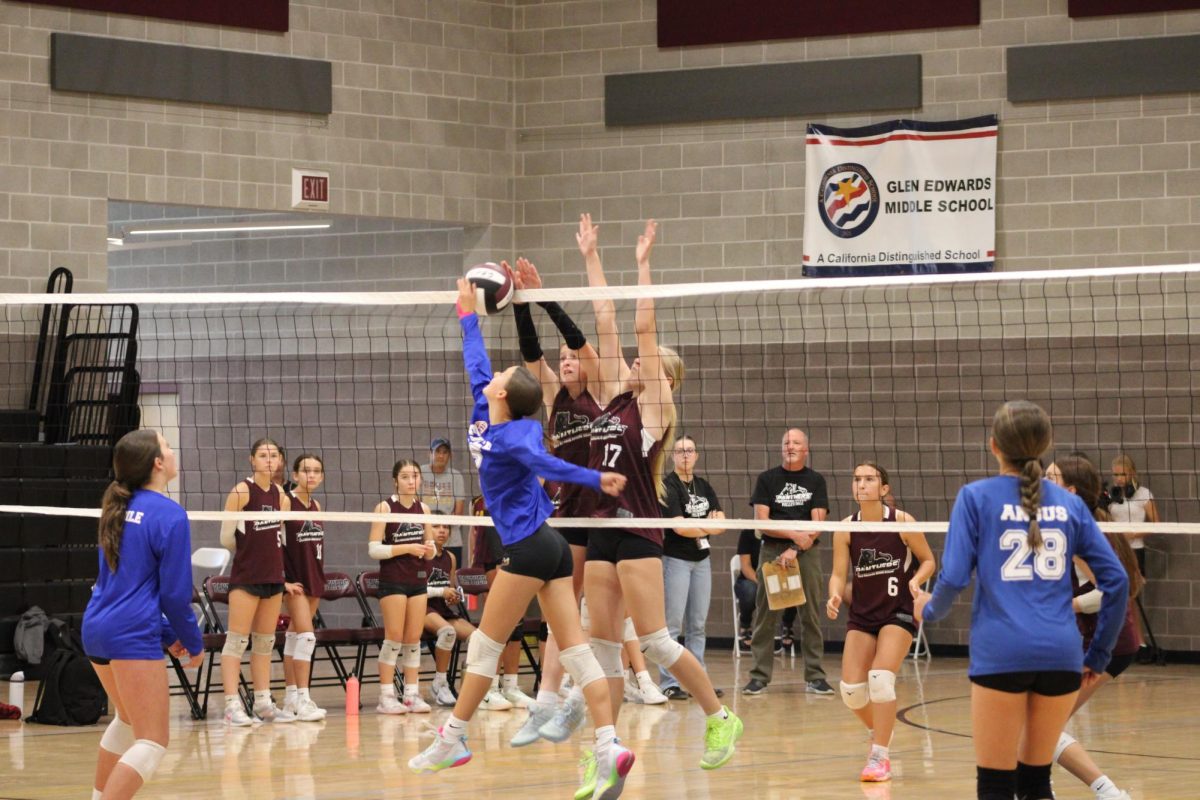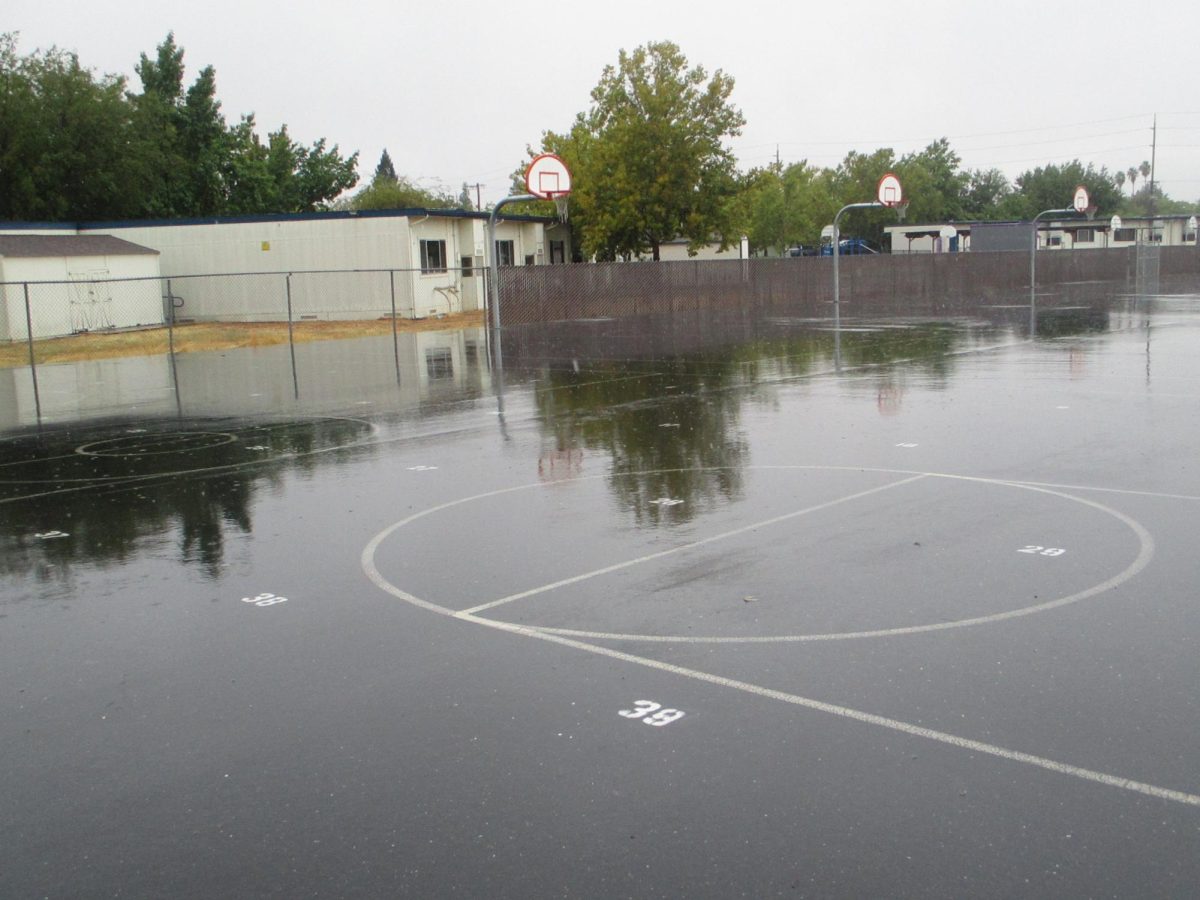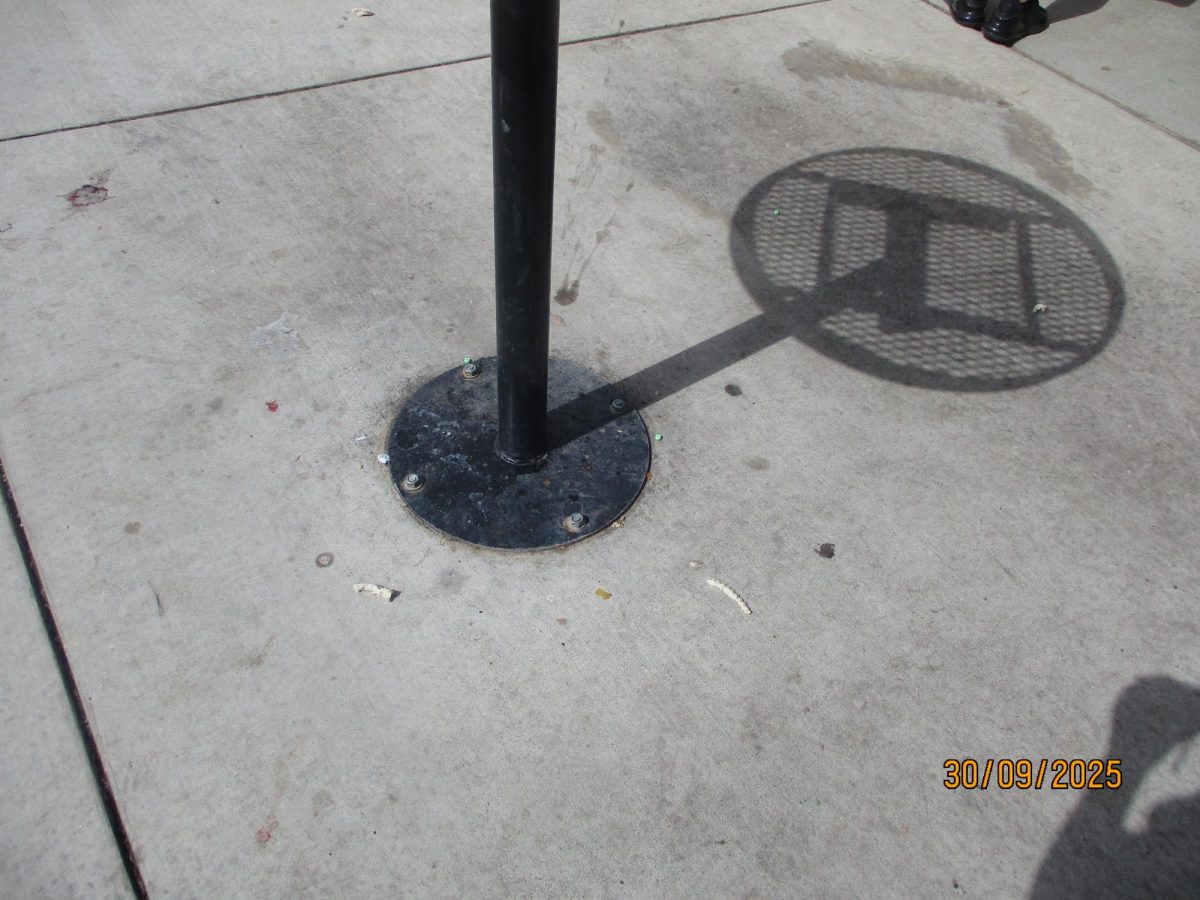Long-term substitute adjustment when the regular teacher is absent.
However, students across the country are used to having substitute teachers for the scheduled day, week, or in some rare cases, a month or longer. What happens when a teacher is absent for an extended period? Today, nearly all schools are facing some staffing shortages, illness, or personal leave creating such lengthy absences, and therefore, most students may find themselves learning from a long-term substitute for an entire semester or even a year alone. Although the change may appear as disruptive at first sight, it presents unique challenges and opportunities for the learner and the substitute teacher.
Adapting to the New Normal
How familiar it may seem, over the long term, a substitute could feel as though she made her home in a storm. The temporary vacancy from a beloved teacher can spur uncertainty through that familiar face. Students usually take time to adjust to new teachings. It was first difficult for me to adjust to the school like: “At first, I didn’t know what to do,” said Logan Neely, an 8th grader. “Our regular teacher had way of running a class, and this new person is different in almost every way. But over time, we got used to it.”
Indeed, learning to adapt is probably one of the most enormous tasks involved in taking up pupils’ time. There are new expectations, new classroom dynamics, new energy brought into the classroom by a long-term substitute. But flexibility is also required from students, who might have to learn that consistency is no longer going to look the same as it did before. In many cases, this becomes an opportunity for students to develop their resilience and adaptability-skills that they will carry with them long beyond the walls of the schoolhouse.
Substitutes Step into Big Shoes
There is nothing very easy about being a long-term substitute teacher. Not only does a substitute have to step into the shoes of a teacher, but he also has to become one.
































